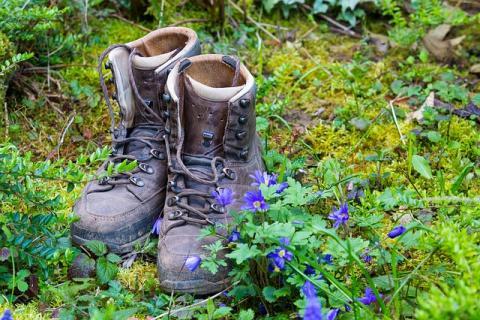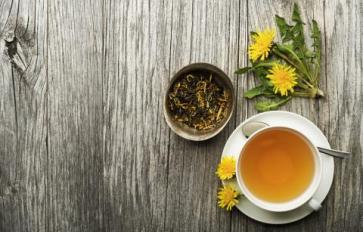
Stinging nettles anyone? I can recall the first time I was introduced to the concept of edible foraging. Picking nettles from the trail, we brought them back home and cooked them in our pasta. This idea was mind blowing.
Trails, roadsides, even in our own backyards, some may be surprised to find that what they thought was just a weed or plant may be edible. The bounty of nature is all around - you just have to know what you are looking at. Many of these plants may seem an unusual food source, but for centuries Native Americans have been foraging various plants for food and utilizing their medicinal properties. The plants listed are an introduction to some of the more common wild edible plants that you may have come across a time or two.
BURDOCK (Arctium Lappa) - In Spring, the new leaves and stem can be boiled and used in dishes as greens. The roots are edible as well, but only in the first year. If flowers have formed, avoid the root. Medicinally, Burdock has been used to soothe sores and gout, along with other illnesses.
COMMON MILKWEED (Ascepias Syriaca) - Shoots, flower, and seed pod (up to two inches) are all edible parts. The seedpod itself is the most defining characteristic. Milkweed has been used in many different recipes from fritters to ice cream. It has been used to soothe colds, coughs, and nerves.
MINER'S LETTUCE (Claytonia Perfoliata) - The leaves make for a perfect salad. Vitamins C and A and iron are some of the nutritional benefits. Miners were known to eat this lettuce during the Gold Rush as a preventative method against scurvy.
PLANTAIN (Plantago Major) - Not to be confused with the banana plantain, these weeds are similar to dandelions in nutritional value. Packed full of vitamins and minerals, the leaves have been described as tasting somewhat like asparagus. It has been used as a skin ointment among other things.
WOOD SORREL (Oxalis) - Similar in looks to clover, the greens are sour in taste. Leaves, flower, and seedpod are edible. Add to a salad or use the leaves and flowers to make a tea. Native Americans ate the leaves to relieve thirst. It has been used medicinally for many conditions, such as a diuretic and for weak stomachs.
Foraging can be fun and educational. It presents a whole new outlook on what is considered food. Next time you're on a hike take a look around. You may be surprised at what you find.
Disclaimer: Caution should always be taken when foraging. Always consult your doctor before eating new plants. Properly identify what you consume. Many plants look alike. If you have any doubts, don't eat it. Misidentifying plants can be fatal.








